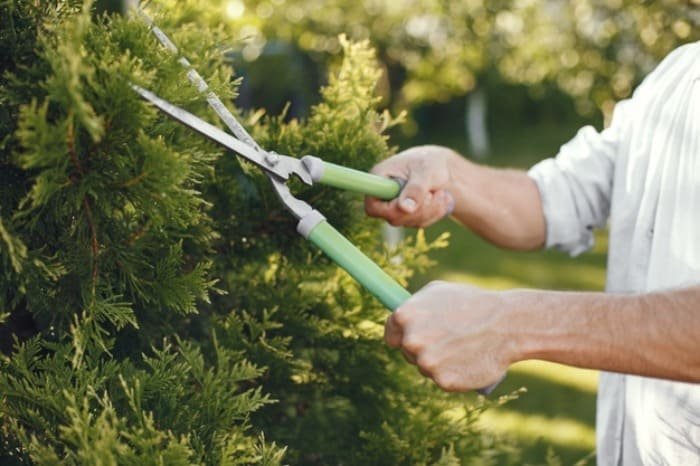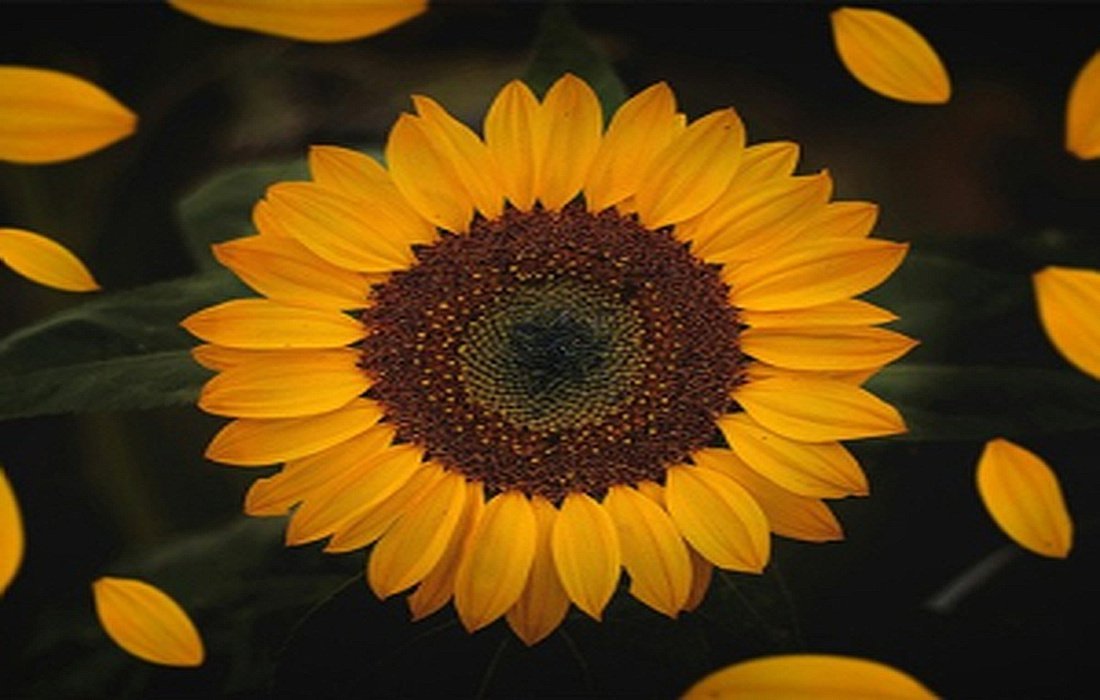What is Cutting?
Cutting is one of the methods to propagate plants. In this method, a part of the mother plant is separated for rooting. Some plants can be propagated through cuttings, while others may require special rooting hormones for successful propagation. The conditions for taking cuttings depend on time, age, environmental conditions like temperature, humidity, and substrate, which will be discussed in this section ofSelMagzAboutBest Time for CuttingsWe have provided explanations.
Different Cutting Methods
There are four types of cuttings:
- Stem Cutting
- Root Cutting
- Leaf Cutting
- Bud Cutting
1. Stem Cutting
Stem cutting is a common method that is categorized into four groups based on the maturity of the wood:
1. Softwood Cutting
This type of cutting is taken from soft, new spring growth of deciduous or evergreen species, which have lower carbohydrate content. Fruit species are not propagated using this method. These cuttings root within 2-5 weeks but require more care.

2. Semi-Hardwood Cutting:
Semi-hardwood cuttings are made from woody evergreen conifers. Summer cuttings from semi-mature deciduous plants are also considered semi-hardwood cuttings. This cutting should be taken from the end part of a stem, with a length of 10-15 cm, and the lower leaves should be removed, leaving a few young leaves at the tip.
3. Herbaceous Cutting:
This type of cutting is taken from the stems of herbaceous and often ornamental plants.
4. Hardwood Cutting:
Hardwood cuttings are taken from mature deciduous species in late autumn and winter from one-year-old wood. Hard cuttings can be prepared in three forms:
Simple, Heel, and Tapered Cuttings. Simple cuttings come from one-year-old wood; heel cuttings have a small piece of two-year-old wood at the base, and tapered cuttings include a short section (more than heel cuttings) of two-year-old wood attached to one-year-old wood.
2. Root Cutting
Plants that can produce adventitious buds on their roots are propagated using root cuttings. Late autumn or early spring, when root development has not yet begun, is the best time for taking root cuttings.
3. Leaf Cutting
Leaf cuttings can be used to propagate some plants that have the ability to produce buds and roots from their leaves. In this method, the leaves are placed with their petiole and blade into a moist substrate and humid air.
4. Bud Cutting
Instead of leaf cuttings, bud cuttings can be used. When roots form on leaf cuttings but branches do not, it is better to use bud cuttings because the lateral bud at the base will produce a new branch.

Best Time for Cuttings
Farvardin – Early Spring
In Farvardin, there are many tasks to complete. You can differentiate and categorize plants to help them emerge from dormancy, and layering can also be done. If you have a plant seed that you’re satisfied with, you can wait until it grows to the desired size before grafting. So, don’t rush in Farvardin.
Now you can perform all the plant layering methods. All seeds are ready to be sown. You can also collect seeds and act on them this month. By the end of Ordibehesht, you should be able to have cuttings in the soft part of the plant unless you live in the northern region.
Khoradad – Late Spring, Early Summer
This month, cuttings should be done for all plants that have dropped leaves. Try to do this in early Khoradad. If you think grafting or cutting won’t go well this month, postpone it to later months. You should also ensure sufficient humidity in the plants. Khoradad is a bit early for this task.
Tir – Early Summer
Now, you need to continue cutting the plants that have dropped their leaves. It is time to also go to the soft or evergreen parts of the plant. From mid to late Tir, you can gradually start planting for budding, and it’s also a suitable time for planting treesMulberryApple,Cherryand any plant that buds.
Meher – Mid to Late Summer
Now you should focus on cutting the green and soft parts of the plant. During this time, the wood of most deciduous plants decreases. If your plant has enough moisture, you can also cut the wooden and harder parts, which will enhance the root strength of your plant.

Shahrivar – Late Summer, Early Autumn
Now, you need to take care of or collect your seeds. Cutting the green parts of the plants, with sufficient moisture, will help strengthen their roots. If you are not using moisture, it’s better to use sand to water the plant.
Mehr
Cutting the hard or soft green parts of the plant in such a month should be done in sand or from the lower part of the plant to receive enough warmth.
Aban – Late Autumn
You can cut the green or woody parts either by filling soil with sand or by bringing the plant indoors. If you plan to do cutting throughout winter, now is the time to put the plant roots in a pot, but be careful not to expose the plant to cold until Dey.
Azar – Early Winter
Now you can cut the hard and green parts of the plant in warmth from underneath or in a sand bed. You can also take cuttings of these plants when the ground is still not frozen.
From Dey to Mid Winter
Generally, during this time, you can make cuts on plants. You just need to ensure that the ground is not frozen when you want to plant it, or you can just cut specific parts. You can also just cut the green parts, provided that a bit of warmth exists underneath. If you want to do any grafting or cutting, now is the time to bring the underground stem indoors, warm it a bit, and break its dormancy.
From Bahman to Late Winter
During this time, you can also do cuttings just like in Dey. This cutting should be done in the middle or late month.
Esfand to End of Winter, Early Spring
Now it is slightly late for cuttings, but you can still do cutting for the plants that have lost their leaves. As the ice in the ground melts a bit and warms up, which usually happens at the start of spring, you can do cutting and layering. If your plant needs pruning, do it now before it sprouts. Even if the plant’s flowers are going to fade, you should still cut it to maintain its attractiveness. Any cutting or grafting should be done before the dormancy phase.
When is the best time for cuttings?
Softwood cuttings are taken from new, soft spring shoots of deciduous or evergreen species. Broadleaf evergreen cuttings are taken in summer from current year’s shoots, and hardwood cuttings from mature deciduous species are taken during dormancy in late autumn and winter from one-year-old wood. The best time to produce root cuttings is also late autumn or early spring, when root development has not yet begun. Thus, the best time for cuttings depends on the type of cutting. The conditions for taking cuttings vary based on time, age, and environmental conditions like temperature, humidity, and substrate.

Tips for Choosing and Maintaining Cuttings
Select healthy and disease-free stems for cuttings.
If you want cuttings that are in non-water substrates to root faster, place a bag over them.
Increasing the temperature at the base of the cuttings induces rooting, known as “bottom heat system”.
Cuttings taken from parts close to the roots of the plant have a higher likelihood of rooting.
To ensure successful cuttings and rooting, do not take cuttings during the flowering stage of the plant.
You can use auxin hormone to enhance rooting of cuttings, but cytokinin and gibberellin hormones have negative effects.
After rooting, transfer the cutting to a new pot as soon as it is able to withstand the soil.
How long does it take for cuttings to root?
During spring, plant stems are green and flexible. Soft section cuttings can root quickly within weeks. The stems start to hardwood in autumn, and cuttings from the hard parts root more slowly, occasionally taking several months to a year.







